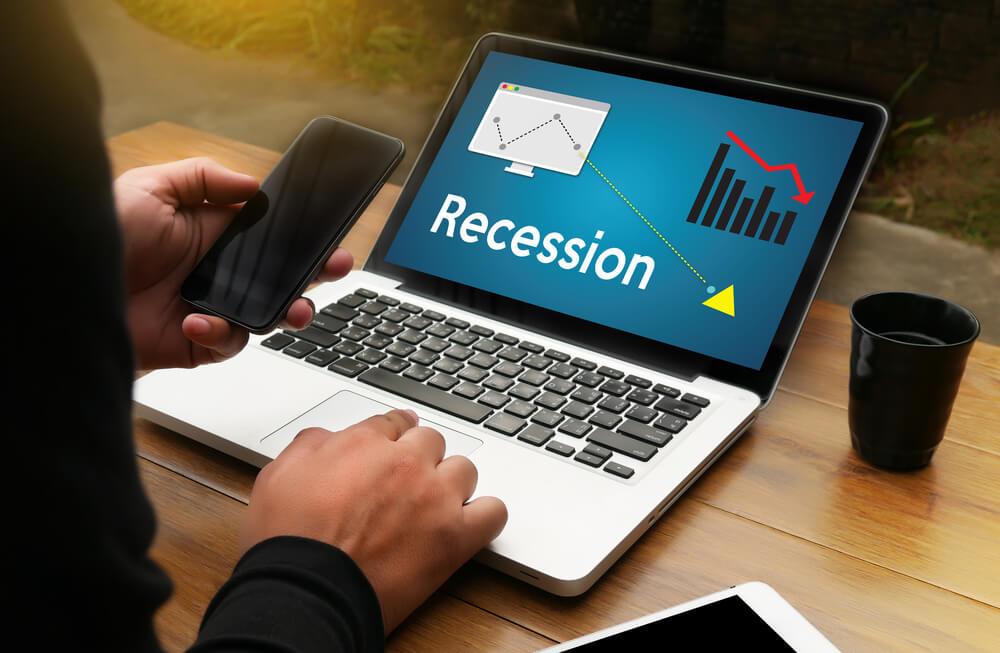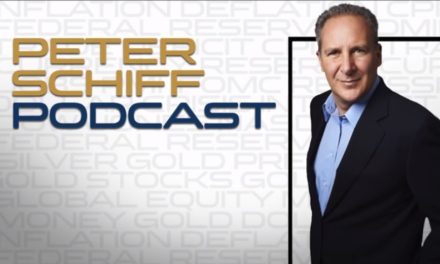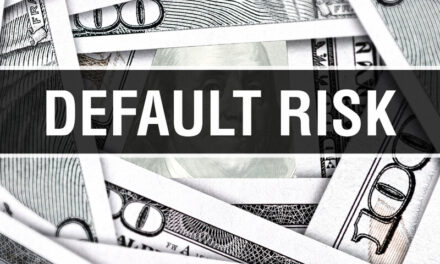For the past 70 years, there has been a recession indicator that’s had a perfect track record, and it’s near the threshold of being triggered again: the unemployment rate.
According to Natixis Chief Economist Joseph Lavorgna, dating back to 1948, the economy has always entered or been in a recession when the unemployment rate ticks up 50 basis points, or 0.5 percent, from its trailing cyclical low.
“It’s never been wrong,” Lavorgna said. “It’s something to watch.”
Lavorgna points to 1953, when the unemployment rate rose to just 3.1 percent, and again in 1981 when it topped out at 7.2 percent.
On Feb. 1 of this year, unemployment rose to 4 percent, up from January’s 3.9 percent. As it stands now, the rate is 30 basis points (0.3 percent) above November’s 3.7-percent low, which was the lowest rate in nearly a half-century.

Per CNBC:
“The current rise is notable and would be troubling if it continues,” notes Lavorgna.
Lavorgna, however, puts the risk of a recession at about one in three, and he expects the unemployment rate to head lower again, not higher.
“The recent increase in the rate has been due to rising labor force participation, which is a sign of economic strength not weakness,” he notes. The unemployment rate has risen for what economists say is a good reason — the long term unemployed are returning to the workforce and looking for jobs.
“Generally job growth is positive just before a recession,” said LaVorgna. Job growth has averaged 240,000 over the past three months.
Lavorgna said there are mitigating factors that may make this cycle different. Lavorgna said the Fed’s policy about-face is important because financial conditions have improved in the last six weeks, making recession less likely.
But he also says several of the economic series that could signal the end of a cycle may have peaked including ISM, jobless claims and the yield curve.




